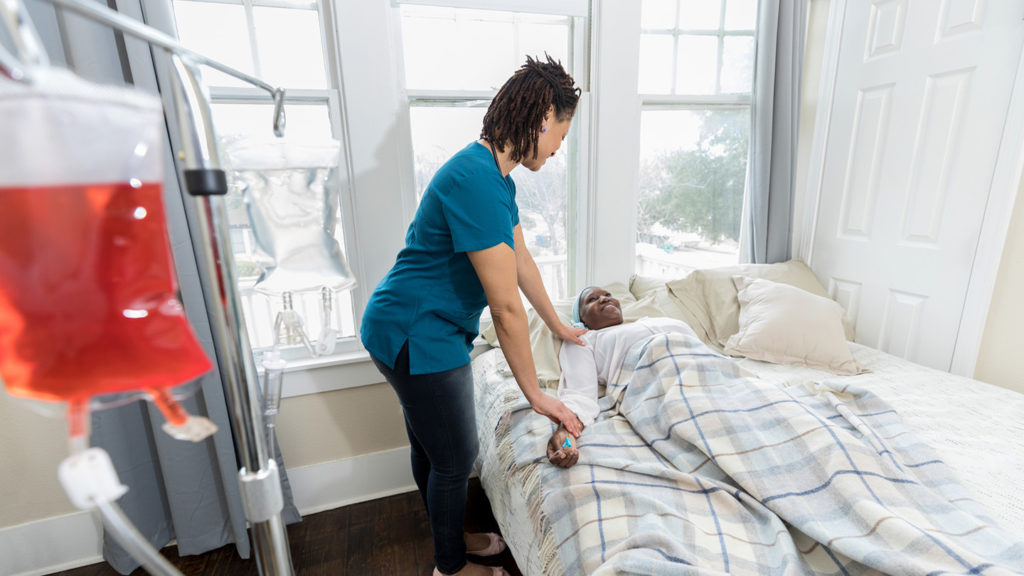
Post-acute care facilities could benefit from a new, comprehensive care payment model that would reimburse providers through collaborations with hospitals that aim to improve care and outcomes for residents, according to a trio of experts with a new take on bundles.
The proposal was published Tuesday in Health Affairs by researchers Alexander Pomerantz, Alice Bonner and Peter Smulowitz, M.D. Pomerantz currently studies public health insurance form and health equity at Harvard Medical School; Bonner is a nurse practitioner with Johns Hopkins University School of Nursing; and Smulowitz is currently the chief medical officer at Milford Regional Medical Center, in Milford, MA.
The analysis notes that the Medicare and Medicaid payment systems, in their current states, don’t offer enough incentive for hospitals to ensure quality of post-discharge care, while value-based payment programs for nursing homes have significant weakness due to a lack of quality metrics beyond 30-day readmission rates.
Under their proposed model, payments would be bundled to include reimbursement for both the hospital and the nursing home, starting with the index hospitalization and including care provided in the nursing home for a defined period after hospital discharge.
“The payment would then be split between the hospital and the nursing home, and there would be either penalties or minimal additional payments for repeat hospitalizations during the window of the payment period, with controls for patient composition,” the authors wrote.
Their approach would include all patients discharged from acute-care hospitals to nursing homes and not be limited to certain conditions. That part of the proposal echoes the Centers for Medicare & Medicaid Services’ own warnings that it would transition all hospitals to mandatory bundles covering an extensive range of conditions sometime after its final BCPI-Advanced initiative ends later this year. It’s unclear yet if or when the agency would make that shift, given a new administration.
The Health Affairs authors added that robust quality metrics must be developed to hold hospitals and nursing homes accountable for quality of care. Examples could include risk-adjusted mortality and repeat ED visits/hospitalizations, falls with injuries, adverse medication events, and other clinical outcomes.
By aligning financial incentives, nursing homes and hospitals would be encouraged to implement evidence-based practices that haven’t been financially feasible in the past, they argued.
“Such practices include an enhanced focus on staff education, improved primary care provider (physician, nurse practitioner, or physician assistant) access in nursing homes, better access to mental and behavioral health care, reduced communication gaps, toolkits and resources to reduce hospital transfers, and medication optimization,” the authors wrote.





